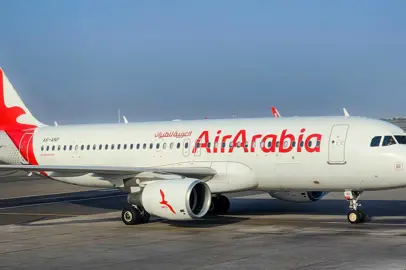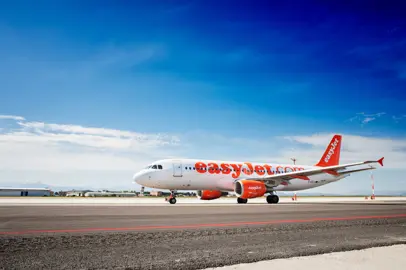Curiosities about flying by plane
The airline Vueling, part of the IAG group based in Barcelona, reveals some secrets of flying, explaining fascinating curiosities about aviation and revealing answers to the questions that travelers ask themselves when taking a plane such as, for example, What keeps planes suspended in the air? At what altitude and cruising speed do they speed through the skies? Where do the on-board exhausts go? Let's find out Vueling's questions and answers together.
How do planes fly?
Watching a plane take off is a spectacle: a huge machine, weighing tens of tons, lifting, plunging into the clouds. But what is the engineering secret behind all this? The key lies in the harmony between four fundamental forces: thrust, lift, weight and aerodynamic drag.
Thrust is the force generated by the engines and allows the aircraft to gain speed; Once the aircraft is in motion, the particular shape of the wings creates lift, i.e. a force perpendicular to the movement that is essential to allow the aircraft to lift and support itself in flight, compensating for the weight force due to gravitational attraction. Unfortunately, there can be no lift without aerodynamic resistance, the force contrary to movement and manifestation of the same physical phenomenon; Reducing aerodynamic drag improves energy efficiency, allowing you to consume less fuel.
At what altitude and average speeds do planes fly?
Flying (too high) high? It's not always a good idea when you're not talking about ambitious goals! Speaking of aircraft, airliners travel on average between 10 and 12 km in altitude and in any case no more than 15 km, where the air is so thin as to make it difficult to generate lift and the proper functioning of the engines to support the aircraft.
Although the cruising altitude can vary depending on several factors (including, for example, the weight of the plane, weather conditions, the length of the trip), the average of 10-12 km is the most suitable for exploiting a reduced (but not too much) resistance from the air, thus optimizing fuel consumption. To get an idea, airliners therefore fly higher than Mount Everest, the highest peak on Earth at 8.8 km, and about 13 times the Burj Khalifa, which at 830m is the tallest building in the world.
As for the cruising speed, however, it is between 770 and 930 km/h, ensuring fast and comfortable journeys, but always depending on the wind, weather conditions and the weight of the plane. This speed is more than double that of a Formula 1 car on the straight (about 350 km/h), about 7 times that of a cheetah (the fastest land animal in the world, which can reach 120 km/h) and about 20 times that of Usain Bolt at his maximum (44.72 km/h in the 100 meters at the 2009 Berlin World Championships).
Why don't planes always go in a straight line?
Sometimes, observing the route of one's flight, it does not seem that it is really the shortest and most direct trajectory, and in fact it often is. To trace the route of a flight, in fact, various factors must be taken into account: first of all, weather conditions or airspace congestion, which have the greatest impact on routes. Added to these is the fact that flight plans are often traced following airways, designed in the 60s to follow radio-terrestrial stations and which therefore still proceed in zigzags today.
What are the on-board procedures for during take-off and landing?
All the precautions put in place on board have their own vital raison d'être, including the numerous procedures adopted during take-off and landing: turning off the lights in the cabin, for example, allows the eyes to adapt to the dark more quickly in an emergency. For these reasons, keeping the window curtains up provides a clear view for both flight attendants and rescue teams, while closing tables and returning seats to an upright position provides a faster escape route to facilitate evacuation operations. In short, small but fundamental precautions that make a big difference in case of need.
Where does the toilet drain on the plane go?
When using the toilet on an airplane, the waste is not expelled outside: by pressing the flush button, it is simply conveyed through pipes into a tank usually located at the tail of the aircraft, which is emptied once on the ground. In reality, toilets on board airplanes do not use water, like the more common "cousins" on the ground, but air, or more precisely the differential pressure: when the flush valve is opened, the waste is pushed from the bathroom environment (pressurized, i.e. kept at a higher pressure that allows us to breathe) towards the tank, which is not pressurized and therefore has a lower pressure. The only element that is actually expelled from the plane immediately is tap water, which first passes through heated pipes, which thus prevent it from freezing, and is then sprayed out misted.
Why are airplane windows oval?
Originally, and until the 1950s, they were actually square, like most windows, but the stresses they had to endure at those altitudes made them more vulnerable. As a result, to ensure safer flights, oval-shaped portholes were introduced, which allows pressure stresses to be distributed more evenly, avoiding the formation of cracks in the most fragile 90° angles.






